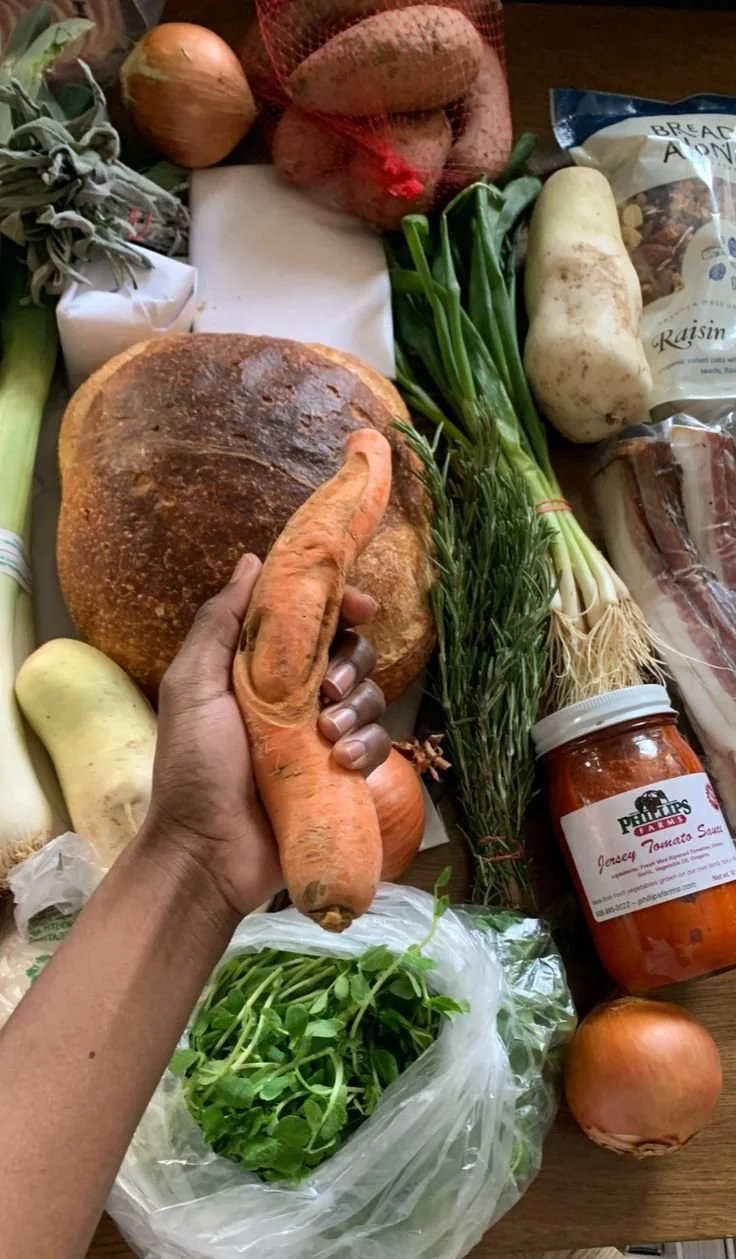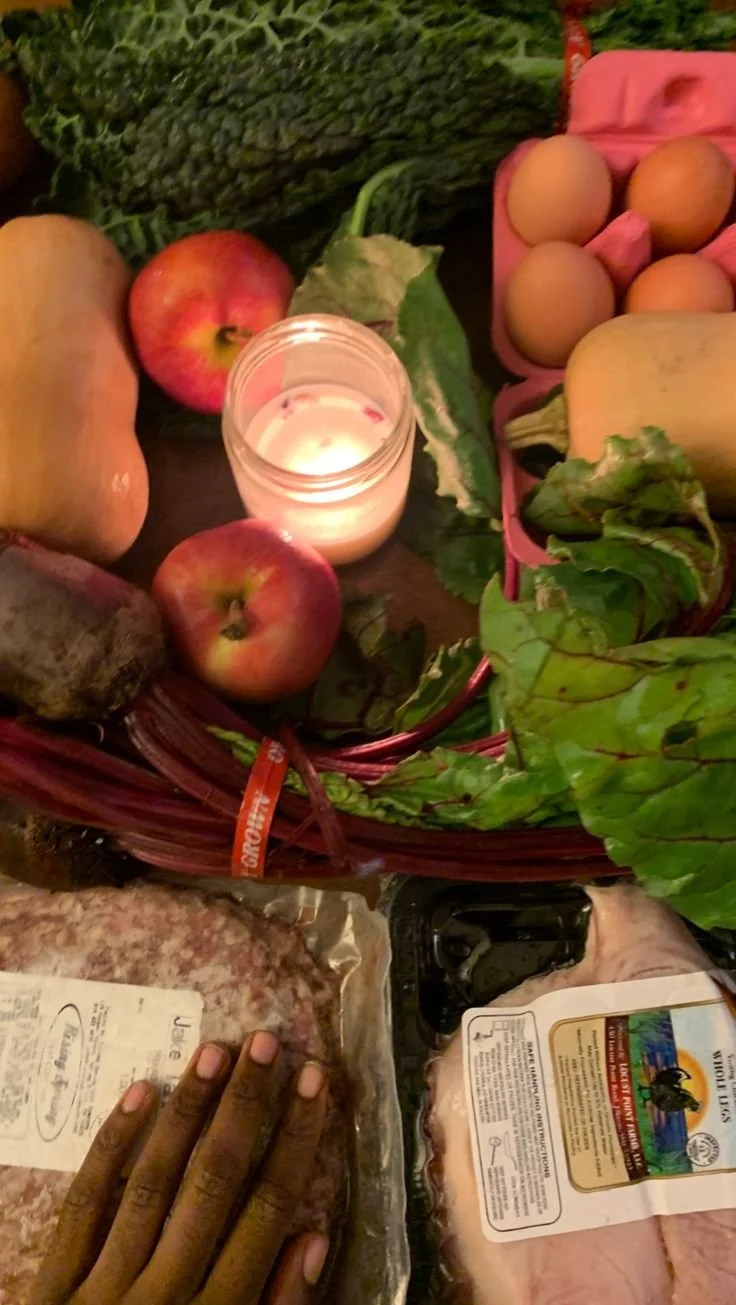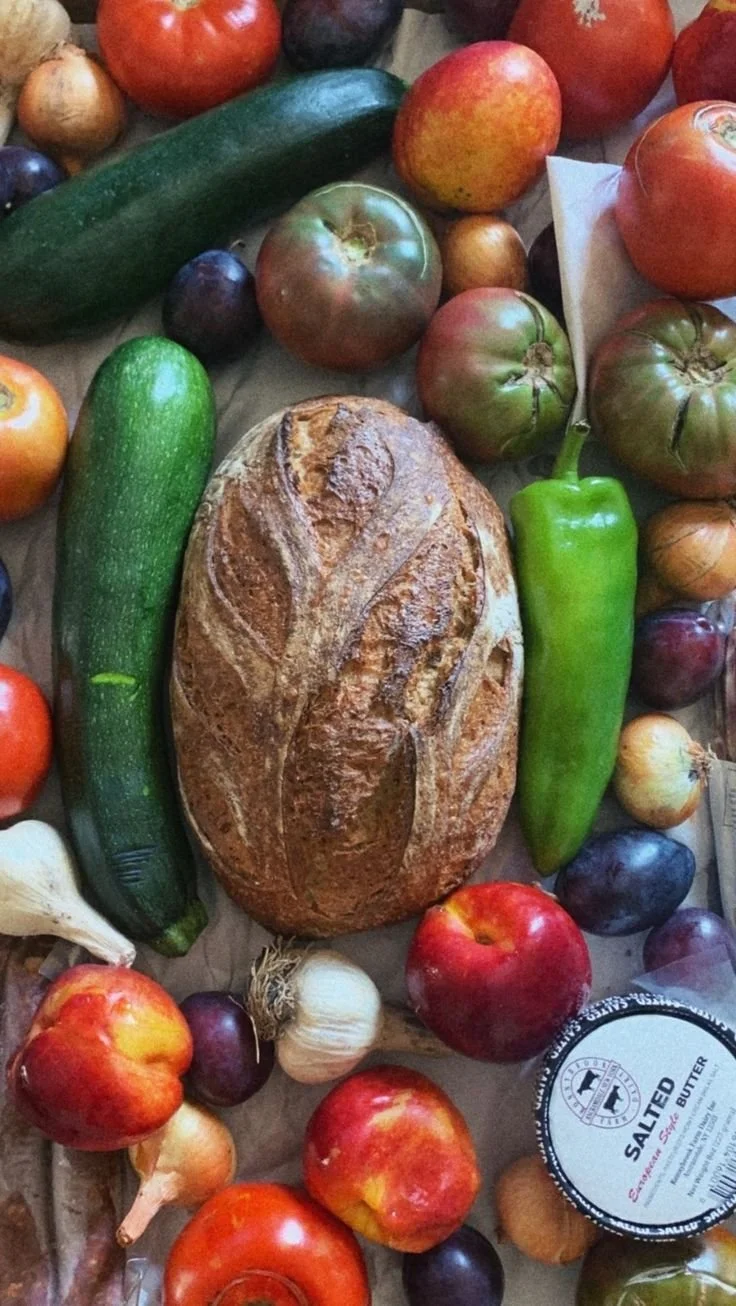6 Companion Planting Hacks for Beginner Gardeners
Welcome to Bri Books! Getting started in the garden can be tough, but there's one thing that'll make your gardening journey more productive: companion planting! In this episode, I'm sharing 6 companion planting hacks you need to know if you want to grow strong.
Companion Planting for Beginners
1:11: What is companion planting? Companion planting is when two or more plants are grown near each other to benefit one or both of the plants. It's a tried-and-tested, ancient way to reduce pests, attract pollinators, and boost growth. I'm sharing a few common examples, although there are dozens.
2:00 - Basil and tomatoes: Basil plants deter moths which lay tomato hornworms, while simultaneously attracting bees (which help improve tomato polination.)
3:00 - Peppers: Peppers are excellent companions to carrots, tomatoes, and onions.
3:30 - Tomatoes: Tomatoes love peppers, bush beans, and basil
5:15 - Dill and flowers: Dill attracts ladybugs, which eat small garden pests like aphids and spider mites, while flowers attract pollinators to help with the job.
6:00 - Sunflowers and pole beans, cucumbers: Sunflowers provide support for climbing plants and shade for crops (like beans and cucumbers!), making it the perfect vertical companion planting garden.
7:00 - Lettuce: Lettuce helps tenderize radishes, and radishes deter cucumber bettles. Grow these two fast-growing crops together for delicious home-grown salads.
Follow theBriGarden on Instagram, listen to Bri Books on Apple Podcasts, Spotify, and show me your garden by using #bribooks on Instagram.



